Case Report: 21CA004
Construction Laborer Died When Struck by an Excavator Bucket that Detached from a Quick Coupler
Download a PDF to print this report: Construction Laborer Died When Struck by an Excavator Bucket that Detached from a Quick Coupler (21CA004, PDF)
Summary
On August 3, 2021, a 54-year-old Hispanic construction laborer was struck by an excavator bucket that detached from a quick coupler that was attached to the boom. The crew was installing an underground storm drainage system on a residential street. The victim was in the trench when the excavator operator swung the boom over the trench to continue digging. The bucket detached from the quick coupler and struck the victim below, killing him.
Introduction
On Tuesday, August 3, 2021, at approximately 9:13 a.m., a 54-year-old Hispanic male construction laborer died when he was struck by an excavator bucket that detached from a quick coupling device (quick coupler) which was attached to the boom. The CA/FACE investigator received notification of this incident on August 10, 2021, from the Cal/OSHA Weekly Fatality Report. Telephone interviews were conducted with two co-workers who were onsite the day of the incident. Multiple attempts to contact the employer were unsuccessful. Reports of the incident prepared by the county coroner, Cal/OSHA, the fire department, and the sheriff’s department were also obtained and reviewed.
Employer
The employer of the victim was a general engineering and construction company that specialized in grading, concrete, and pipeline construction. The company had been in business for 22 years and had approximately 100 permanent employees. The employees worked in shifts that varied from 8 to 10 hours, depending on the project. Most work shifts were from 6:30 a.m. to 4:30 p.m., Monday thru Friday, with occasional weekend work. The employer also employed 200 to 500 additional employees that varied with the jobs in progress.
Written Safety Programs and Training
The company had a written Injury and Illness Prevention Program (IIPP) with all the required elements, and it was last updated on December 22, 2020. The safety program was overseen by the employer’s safety manager. All of the company’s site supervisors were required to attend OSHA 30-hour classes and receive a certificate of completion. According to the excavator operator, he had received the OSHA 30-hour training. It is unknown if this training covered specific protocols for the operation of excavator buckets and the use of quick couplers. It is also unknown what specific training the spotter and victim had received regarding working around excavators.
Worker Information
The victim was a 54-year-old Hispanic male who was employed as a construction laborer. He had worked for the company for five years and had worked construction most of his life. According to the OSHA investigation, his job at the time of the incident was to lay pipe in a trench. He was bilingual and spoke English and Spanish.
Equipment
The machine involved in this incident was a Sany SY365C large excavator (Exhibit 1). The excavator weighed approximately 80,000 pounds. and had the ability to dig a trench approximately 24 feet deep. Attached to the end of the excavator boom was the original equipment quick coupler (Exhibit 2) to which the bucket attached. Quick couplers are hydraulic devices that are installed at the end of booms by pins that would normally be the mountings for the bucket or attachment. Quick couplers facilitate the rapid exchange of working tools or buckets.
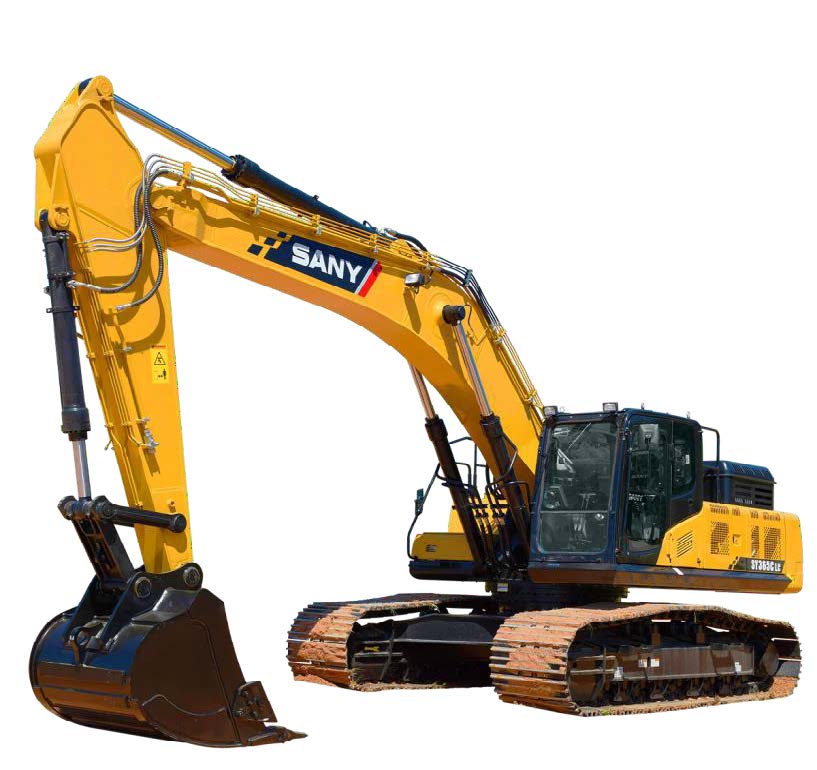
Exhibit 1. Excavator similar to the one involved in incident. Photo courtesy of SANY America.
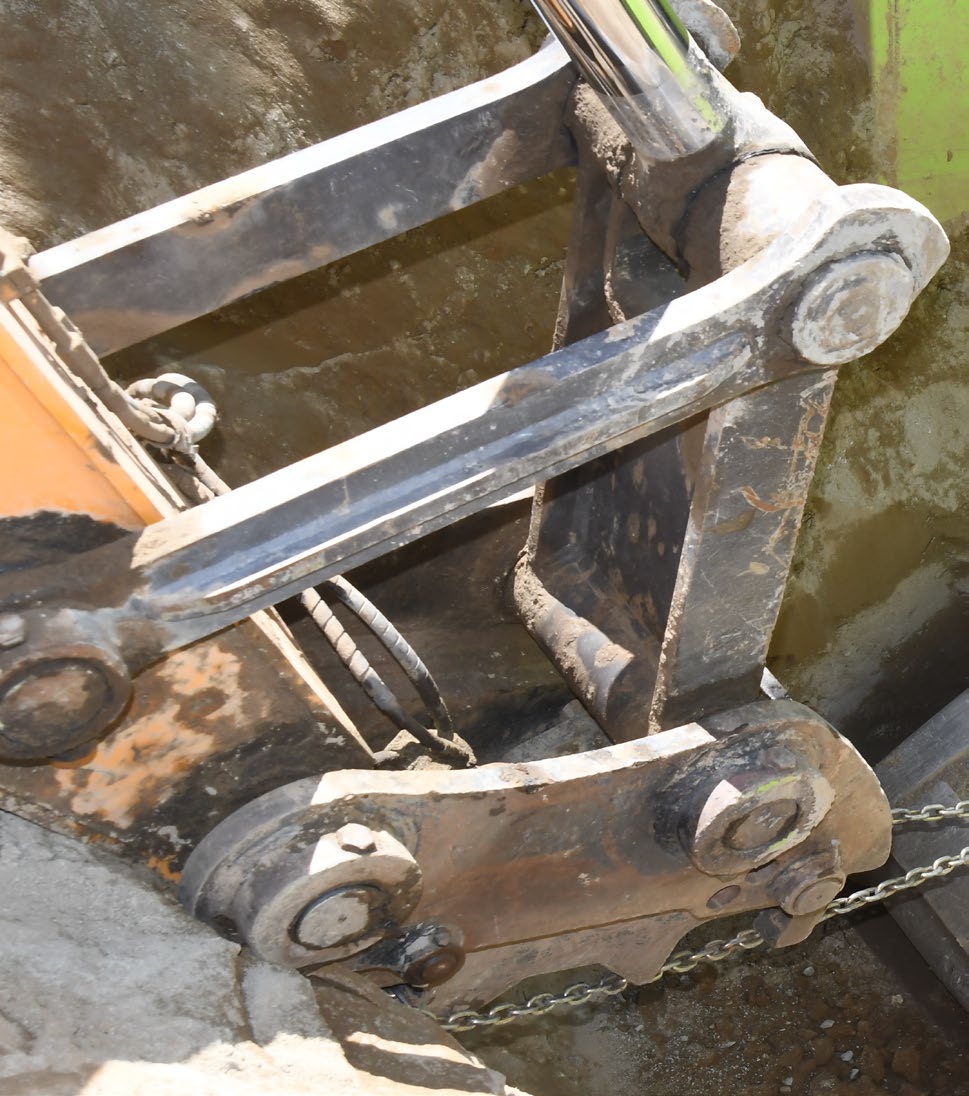
Exhibit 2. A close-up of the quick coupler in this incident. Photo courtesy of police department.
Incident Scene
The incident scene was a residential street construction site in southern California (Exhibit 3). The company was installing an underground storm drainage system that expanded the existing system. The installation had been underway at this site for two weeks. The concrete lined drainage pipes were 8 feet long with a diameter of 60 inches. The trench was approximately 20 feet deep, and 5 feet wide. The length of the open trench was just enough to accommodate one piece of pipe at a time, and it was equipped with shoring to prevent the sides of the trench from caving in.
Weather
The weather at the time of the incident was 68 degrees Fahrenheit, with a southwest wind of approximately eight mph. Cloud cover was at 42% and visibility was good [Weather Spark 2022]. The weather is not believed to have been a contributing factor in this incident.
Investigation
On the day of the incident, there were five employees onsite. The excavator operator was the site supervisor and the competent person. A competent person is defined by OSHA as someone who, by way of training or experience, is capable of identifying existing and predictable hazards in the surroundings or working conditions which are unsanitary, hazardous, or dangerous to employees, and who has the authorization to take prompt corrective measures to eliminate them. The victim’s responsibility was to work in the trench and guide the pipe into place and work with another employee to seal the joints with plaster. A spotter stood in front of the excavator off to the side of the trench. He signaled to the excavator operator where to position the boom before lowering the pipe into the trench. After the excavator operator dug a portion of the trench with the bucket, he swung the boom off to the side of the trench and pushed a button on a control panel (Exhibit 4) to disconnect the bucket that was attached to the quick coupler.
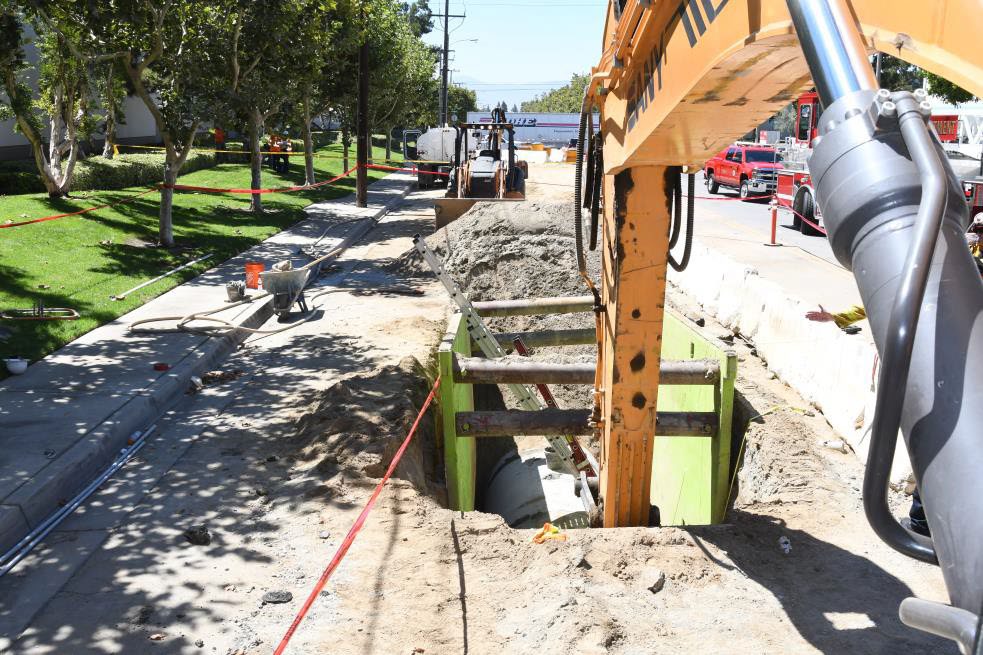
Exhibit 3. The Incident scene. Photo courtesy of police department
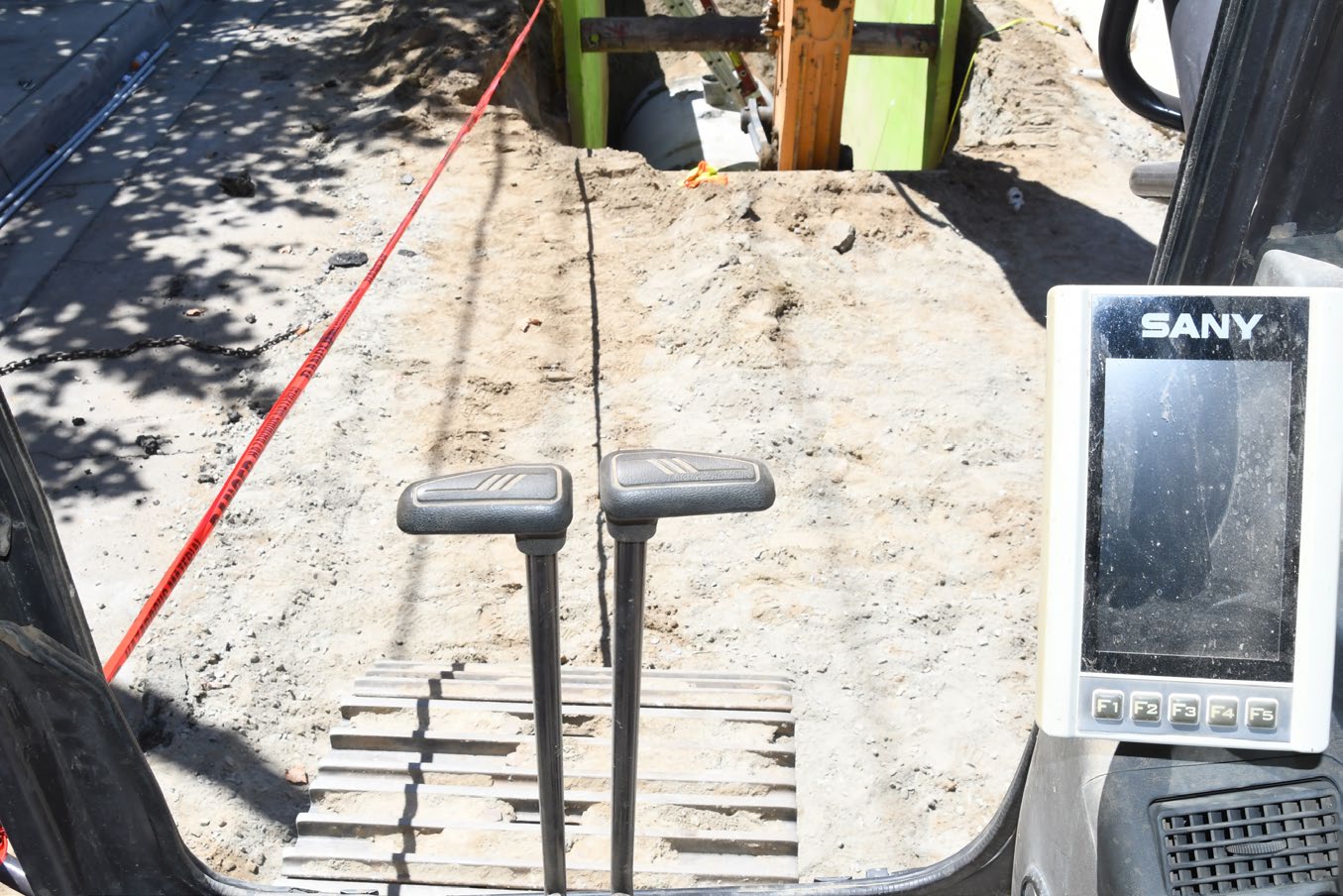
The excavator boom was used as a hoist to lift and lower the next section of pipe into the trench with a chain. After the pipe was lowered into place and the chain was removed from the boom, the excavator operator swung the boom back over to the bucket and reconnected it to the quick coupler using the control panel. The excavator operator then raised the boom with the bucket attached, swung it back over the trench, and started to lower the boom to continue digging. As the boom swung over the trench, the victim was standing in the trench with his back to the excavator, waiting for a ladder from his co-worker (Exhibits 5 and 6). The bucket disconnected from the quick coupler and struck the victim, pinning him against the pipe. The excavator operator immediately climbed out of the cab of the excavator. He yelled to his spotter who was standing a few feet away from the trench to call 911, and then jumped into the trench to render aid to the victim. To remove the bucket from the victim, he attached the bucket to the excavator boom using a chain while the spotter operated the excavator and lifted the bucket off the victim. The excavator operator remained with the victim until paramedics arrived. The victim was pronounced dead at the scene.
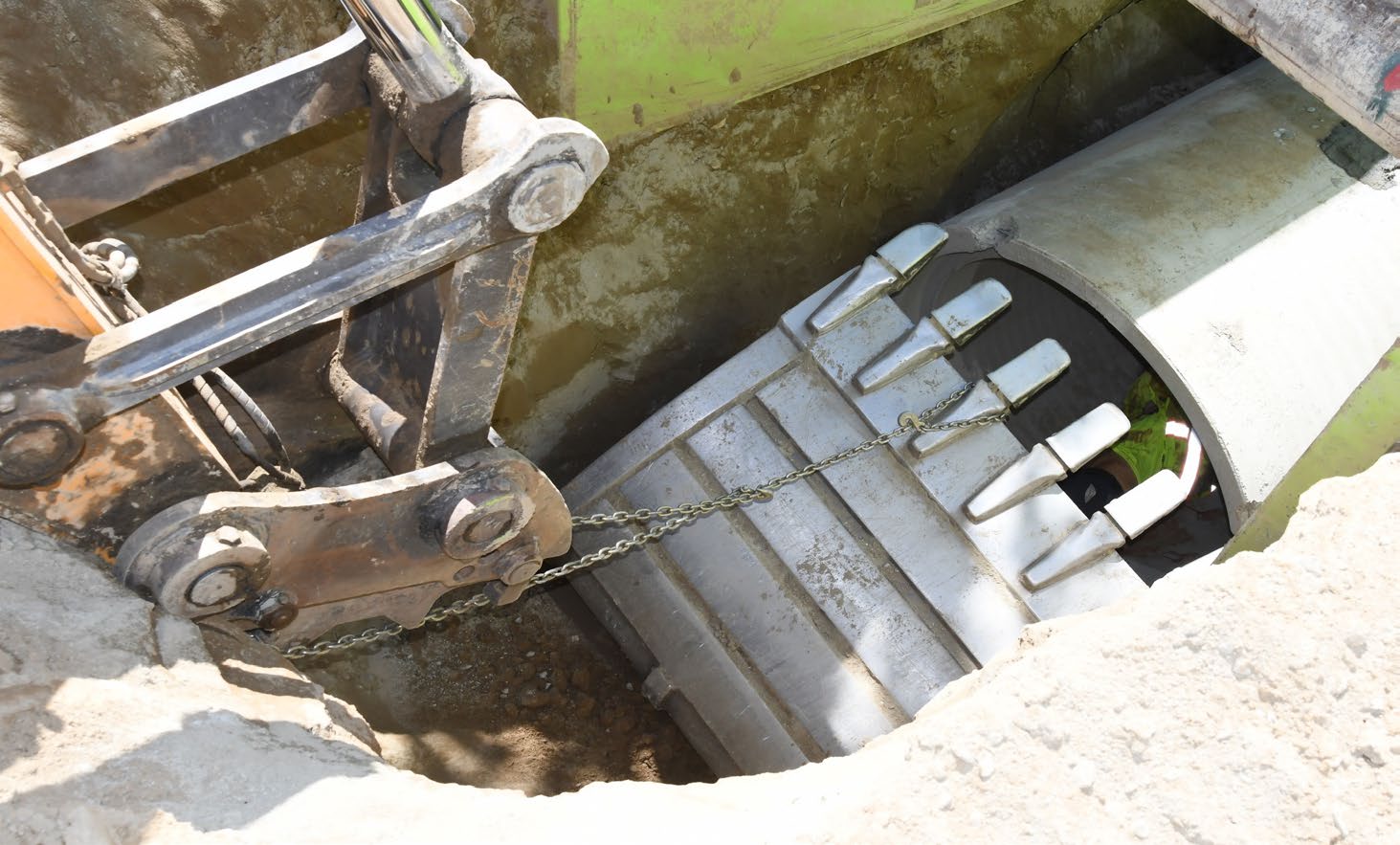
Exhibit 5. View into the trench where the victim was standing and where the bucket detached from the quick coupler. Photo courtesy of police department
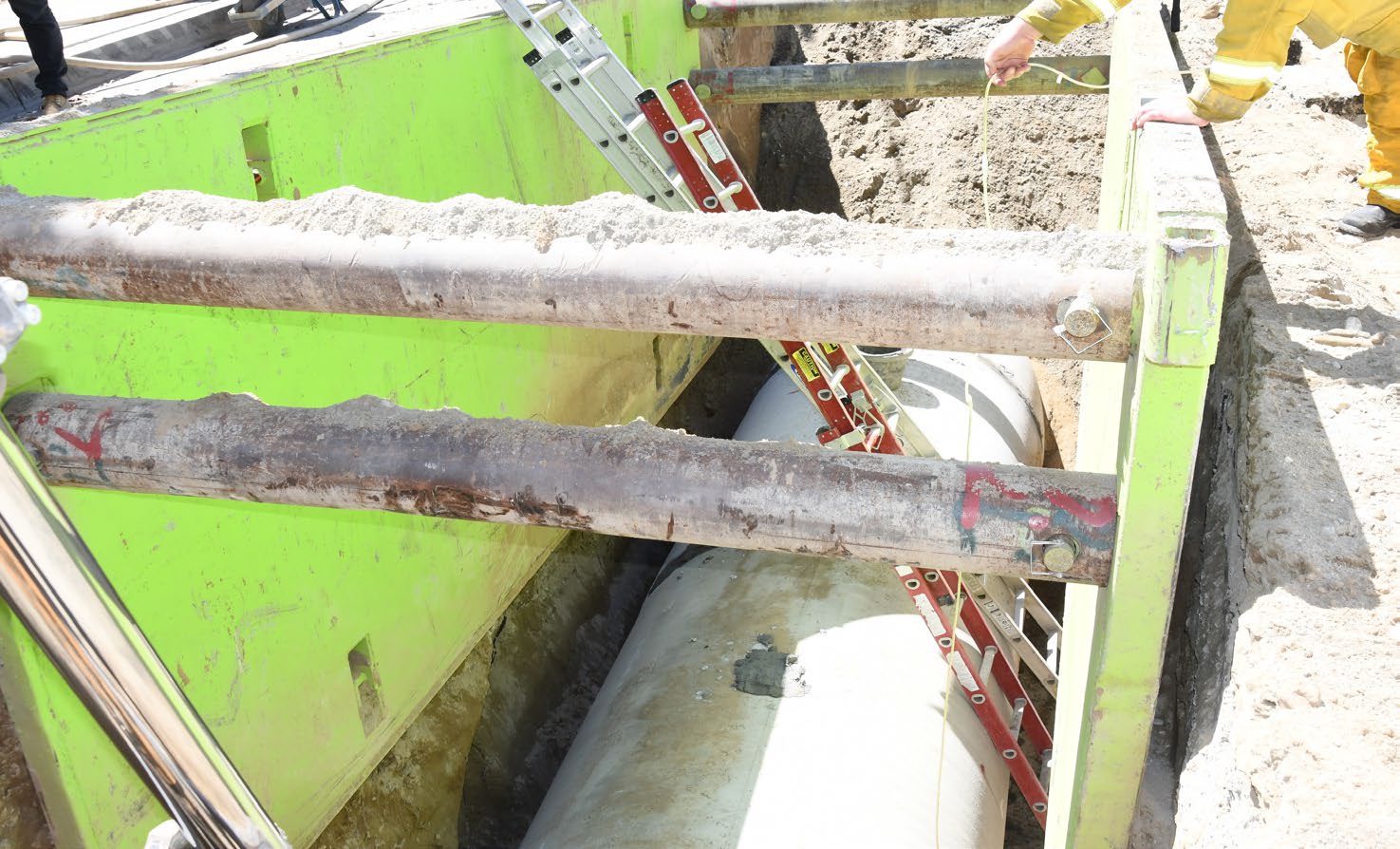
Exhibit 5. The ladder the victim was going to use to exit the trench. Photo courtesy of police department.
Cause of Death
According to the county coroner, the cause of death was blunt force injuries.
Contributing Factors
Occupational injuries and fatalities are often the result of one or more contributing factors or key events in a larger sequence of events that ultimately result in the injury or fatality. CA/FACE investigators identified the following unrecognized hazards as key contributing factors in this incident:
- Inadequate training, communication, and situational awareness
- Insufficient inspection and maintenance of quick coupler
Recommendations/Discussion
The CA/FACE investigator determined that, in order to prevent similar incidents, construction companies who operate excavators should:
Recommendation #1: Establish procedures that will ensure workers are not working within the excavator boom swing radius or beneath an elevated load.
Discussion: In this incident, the victim was in the trench below the excavator boom swing radius when the bucket detached from the quick coupler. All heavy equipment poses serious, even potentially fatal, risks to operators and workers in the vicinity. If a load falls, either from improper attachment of a quick coupler device or a mechanical failure, death or serious injury can occur.
When employees are required to work in trenches deeper than five feet, a competent person is required by OSHA to be onsite to perform the necessary daily inspections of excavations, and the precautions that are necessary and required. A Job Hazard Analysis (JHA) can prevent work-related injuries or illnesses by eliminating or controlling identified hazards. It is a means to ensure that workers have the training, equipment, and supplies to do their jobs safely. On the day of the incident, the excavator operator was the competent person onsite. It is not known if the operator performed a JHA that day or held a tailgate safety meeting that morning with the crew to discuss and new hazards and/or to remind them of the safety precautions required during operation of the excavator. It is also not known if the victim or spotter had received specific training about working below an elevated load while the excavator was in operation. It is also unknown if the excavator operator or the spotter were aware that the victim was standing in the trench when the bucket was swung over the work area. If all the workers involved in the excavation and trenching had received task specific training, had a reliable communication system between the operator and ground crew to confirm and convey the location of the victim, this incident may have been prevented.
Recommendation #2: Ensure that operators maintain and inspect quick couplers to prevent malfunctions that may cause an unintended release of the excavator’s bucket.
Discussion: In this incident, the bucket released unexpectedly from the quick coupler when it was being lowered into the trench. It is unknown if the operator performed an inspection of the quick coupler prior to use. To prevent injuries or fatalities from excavators with quick coupler devices, employers should:
- Ensure that machine operators always perform pre- and post-operation inspections on the excavator
- Adhere to regular maintenance of the quick coupler device according to manufacturer guidelines
- Train workers in the proper use of quick couplers, including making visual inspections,
- proper procedures for engaging attachments, and methods for testing connections
- Prior to using an attachment, ensure the operator performs a connection test as specified by the manufacturer
- Ensure that the quick coupler is properly engaged by using approved safety checks, visual indicators, and/or warning devices. If required by the manufacturer, the safety locking pin must be in place prior to lifting the attachment off the ground
- Use only manufacturer-approved and compatible attachments
- Install retrofit safety kits on older quick coupler devices or upgrade to newer quick couplers with built-in safety mechanisms. Human detection systems may also be available in some newer excavators to prevent contact with a worker who is within the swing radius
- Never operate an excavator that has signs of damaged components, malfunctioning controls, faulty safety features, or other problems
Disclaimer
Mention of any company or product does not constitute endorsement by CA/FACE and the National Institute for Occupational Safety and Health (NIOSH). In addition, citations to websites external to CA/FACE and NIOSH do not constitute NIOSH endorsement of the sponsoring organizations or their programs or products. Furthermore, CA/FACE and NIOSH are not responsible for the content of these websites. All web addresses referenced in this document were accessible as of the publication date.
References
California Division of Occupational Safety and Health - Title 8 regulations - Subchapter 7. General Industry Safety, Group 2. Safe Practices and Personal Protection. Article 7. Miscellaneous Safe Practices - §3328.
California Division of Occupational Safety and Health - Title 8 regulations - Subchapter 4. Construction Safety Orders. Article 6. Excavations -§1541. General Requirements.
Preventing Injuries When Working with Hydraulic Excavators and Backhoe Loaders (PDF) (NIOSH Publication No. 2004-107).
Australian Institute of Health and Safety (AIHS) Newsletter: Safety warning over semi-automatic quick hitches on excavators
Wisconsin FACE Report 03WI003:
Laborer Dies After Being Struck by Detached Excavator BucketNSW Quick Hitch Position
U. S. Department of Labor, Occupational Safety and Health Administration: SHIB 07-22-2005 OSHA [2016]. Multi-Employer Citation Policy Washington, DC: U.S. Department of Labor, Occupational Safety and Health Administration.
OSHA [2004].
OSHA Act of 1970 - General Duty Clause Washington, DC: U.S. Department of Labor, Occupational Safety and Health Administration.
Investigator Information
This investigation was conducted and authored by Hank Cierpich, Fatality Investigator/ Consultant. Additional contributions to the report were provided by Robert Harrison, MD, MPH, CDPH FACE Project Officer; Laura Styles, MPH, FACE Research Scientist; and Glenn Shor, PhD, Cal/OSHA CFOI Program.